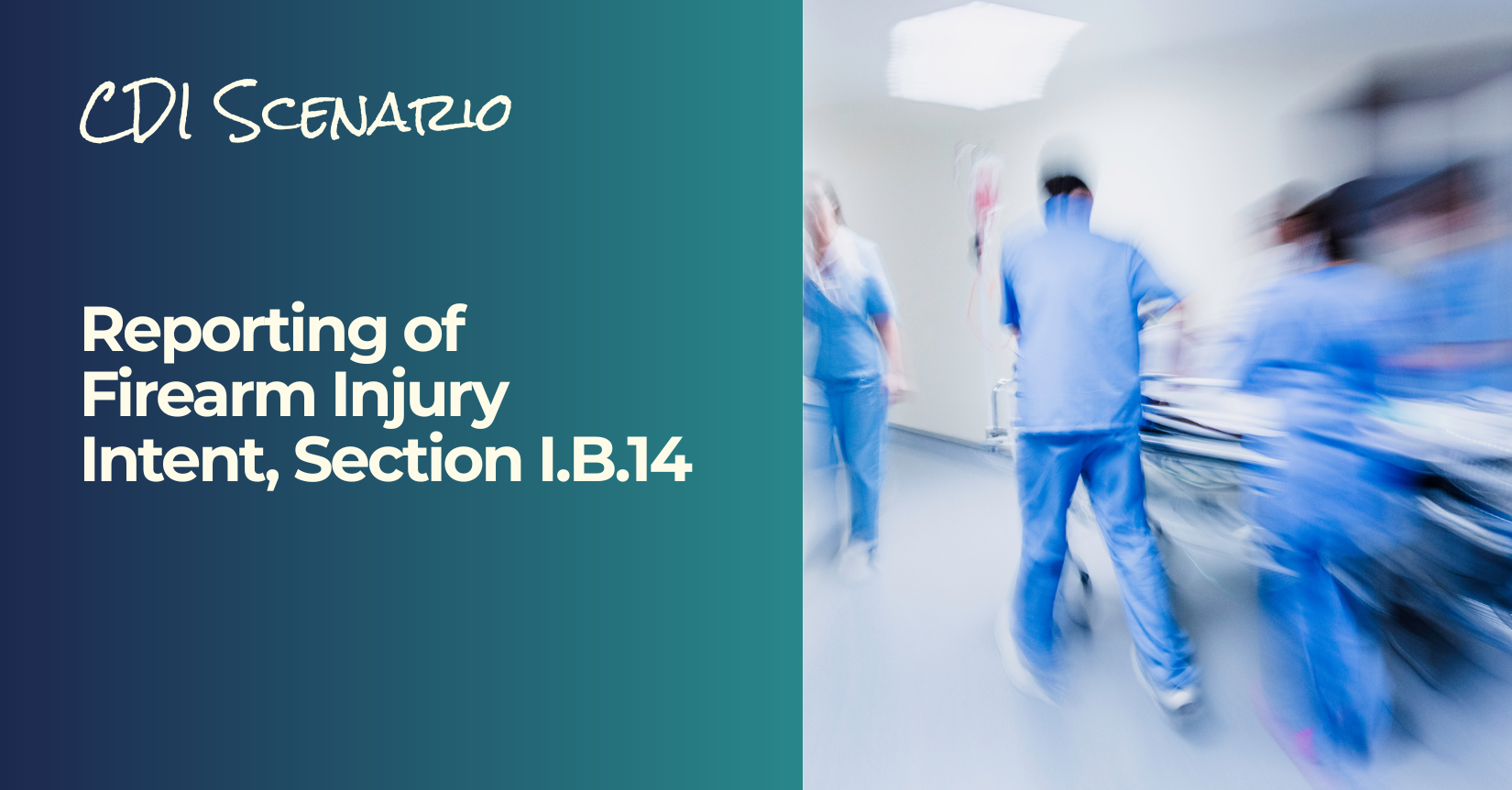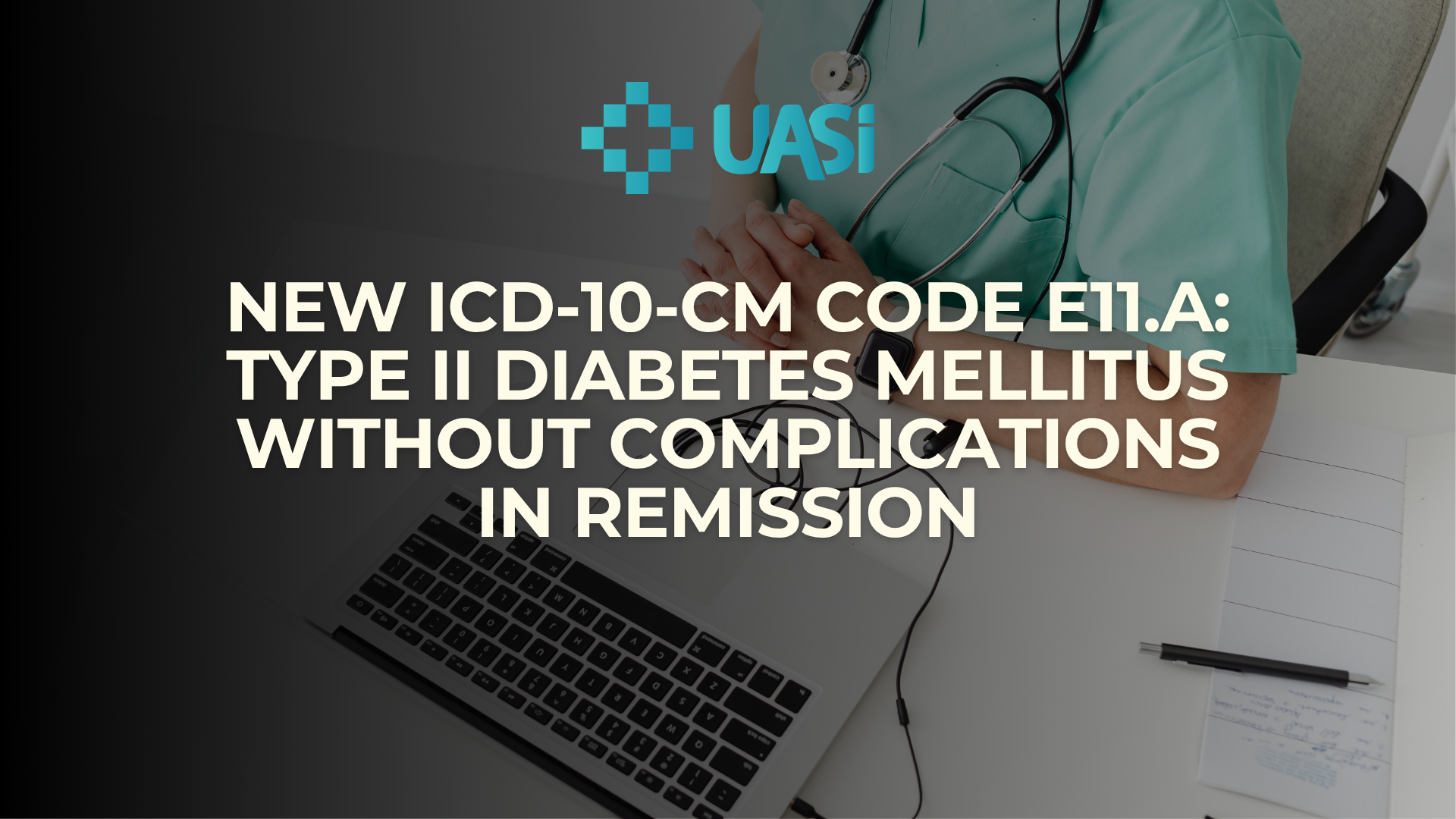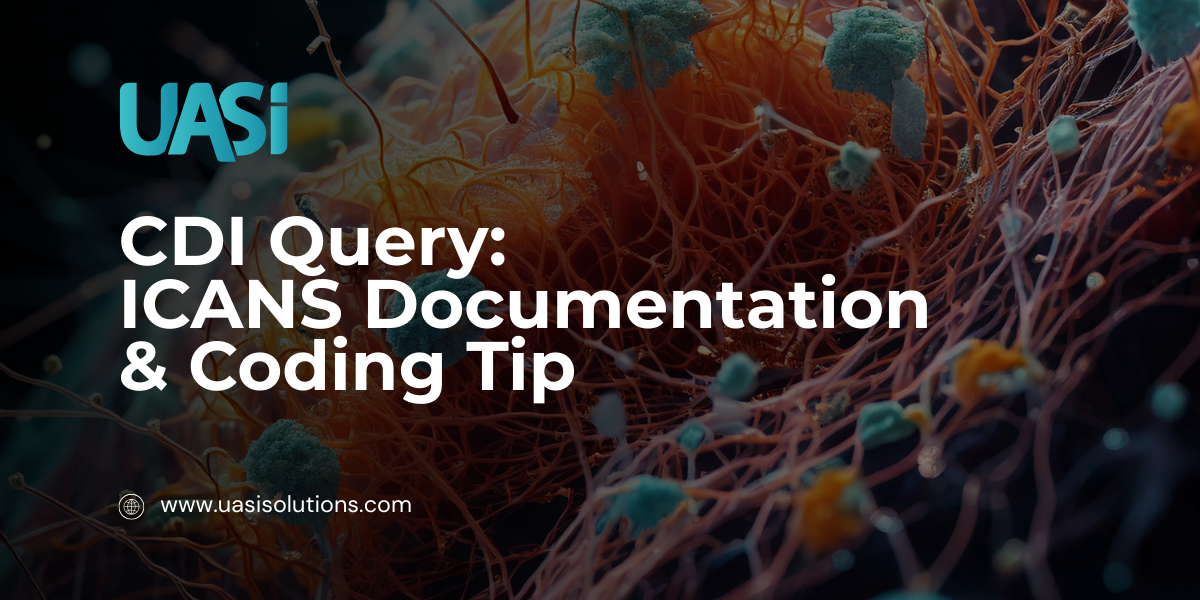Key FY 2026 ICD-10-CM Updates
August 26, 2025
CMS has released the FY 2026 ICD-10-CM October 1st updates ushering in the annual set of updates to diagnosis codes used across all care settings. While there are hundreds of changes, a handful are expected to have an outsized effect on reimbursement, case mix index, quality reporting, and value-based payment programs. Below are the most consequential areas and how organizations should prepare.
Social Determinants of Health (SDOH) Codes Expanded, CMS FY 2026 ICD-10-CM Guidelines, Section I.C.21.c
CMS continues to increase the clinical and financial importance of Z-codes representing social determinants of health. FY 2026 includes additional granularity under Z59 (Problems related to housing and economic circumstances) and Z63 (Other problems related to primary support group). These updates enable coders to capture detailed scenarios such as unstable housing, caregiver burnout, or financial stress.
Why it matters: Risk-adjusted reimbursement methodologies increasingly incorporate SDOH information. Capturing these factors can raise expected resource utilization and affect payment under ACO models, Medicare Advantage plans, state Medicaid programs, and commercial risk contracts.
Cardiac and Vascular Coding Enhanced, CMS FY 2026 ICD-10-CM Guidelines, Section I.C.9
New codes and revised definitions impact common high-dollar cardiac conditions. FY 2026 introduces greater specificity for acute myocardial infarction (AMI) types, multiple new codes distinguishing heart failure phenotypes such as HFpEF and HFrEF, and classifications for cardiorenal syndrome subtypes.
Reimbursement impact: More granular codes will drive improved CC/MCC assignment and DRG differentiation. Coders must document ejection fraction, duration of symptoms, and any associated kidney injury to select the most appropriate codes and capture full acuity.
Behavioral Health Diagnostic Additions, CMS FY 2026 ICD-10-CM Guidelines, Section I.C.5
Behavioral health continues to grow as a coding priority. The FY 2026 update expands the F32-F33 (Major depressive disorder) series with added symptom severity and episode descriptors. Coding updates also refine substance use disorder remission statuses and broaden anxiety disorder codes, such as panic disorder and generalized anxiety in adults.
Reimbursement impact: Psychiatric service reimbursement relies heavily on precise coding. Capturing episode specifics can support appropriate payment, authorization management, and stratification in behavioral health value-based programs.
Obstetric and Neonatal Coding Changes, Source: CMS FY 2026 ICD-10-CM Guidelines, Sections I.C.15 and I.C.16
Updates include optional “context” codes under O09 High-risk pregnancy supervision to capture additional risk elements (advanced maternal age, assisted reproductive techniques, history of infertility). Neonatal codes such as P07 Categories for preterm infants and birth weight have been refined to reflect narrower birth-weight bands.
Reimbursement impact: These codes affect DRG placement, level-of-care coding, and newborn per-diem calculations. Accurate documentation supports proper assignment of resources for obstetric and neonatal care services.
Practical Applications for Coding & CDI Teams
To mitigate financial and operational impact, coding and CDI leaders should begin working now to:
- Prioritize specialty-specific training beginning with high-volume areas such as cardiology, OB, behavioral health, and general medicine
- Update CDI templates and provider queries with new prompts (e.g., homelessness vs housing insecurity, cardiomyopathy subtype, depressive episode severity, SDOH screening results)
- Develop quick-reference “pocket guides” and cheat sheets for coders to use during the first 90 days post-go-live
- Test code assignment in real sample cases now to identify documentation gaps and support provider education
Prepare Coders for a Smooth FY 2026 Transition
FY 2026 code changes go into effect for dates of service on October 1, 2025, leaving limited time for organizations to educate coders, CDI specialists, and providers before the fiscal year begins. Structured, role-based education is critical to protecting revenue integrity and ensuring teams are prepared to absorb added specificity without disrupting workflow.
To safeguard financial performance, hospitals and health systems should:
- Launch targeted micro-learning by service line tied to high-impact clinical areas
- Begin dual-coding practice in the first half of CY 2025 to identify documentation gaps early
- Roll out concise CDI and provider training sessions tailored to new documentation requirements
How education impacts your bottom line:
- Ensure accurate MS-DRG assignment and appropriate reimbursement
- Capture severity and risk to support CMI and value-based payments
- Reduce denials and revenue loss through stronger documentation and coding
- Improve audit readiness and compliance with current CMS guidance
With over 50+ courses designed for hospitals and physician practices, UASI Academy provides turnkey FY 2026 ICD-10 education to ensure your team meets today’s compliance, accuracy, and reimbursement demands with minimal lift.
Reach out now to get your team fully prepared













